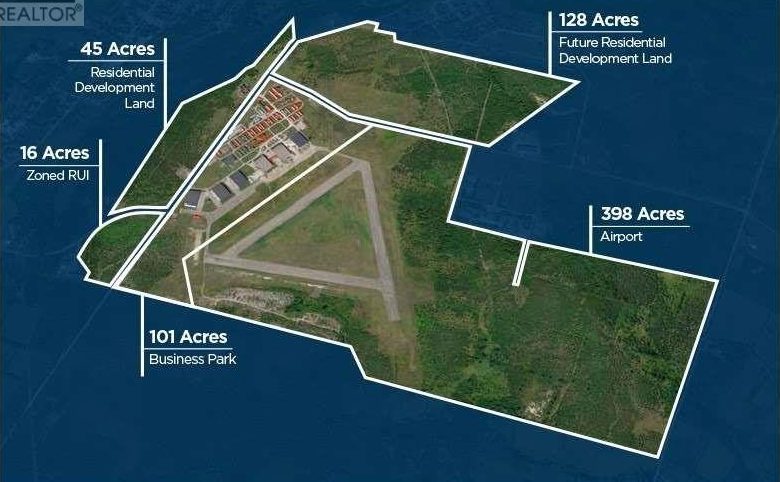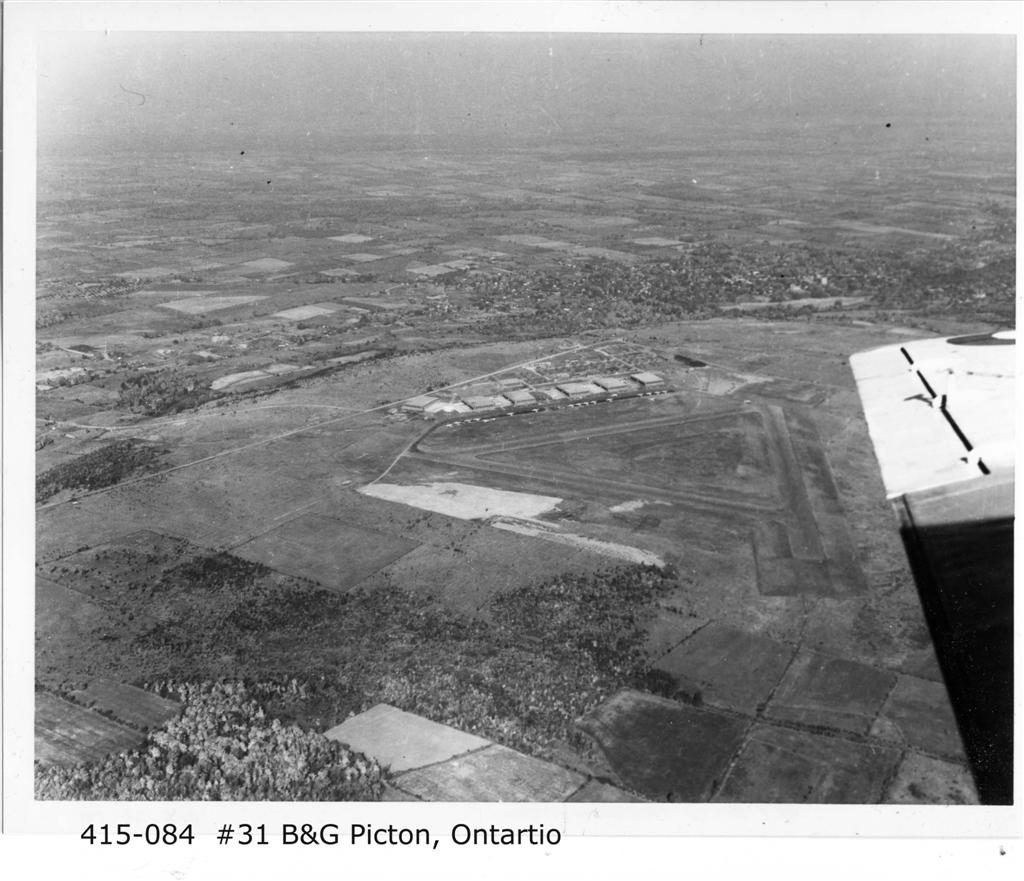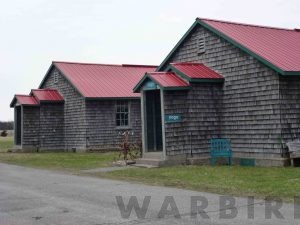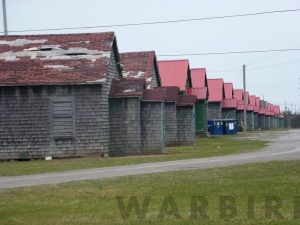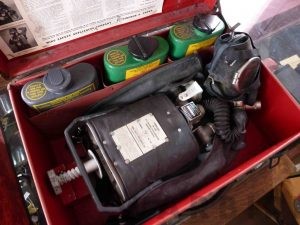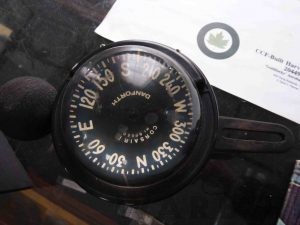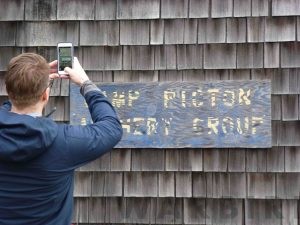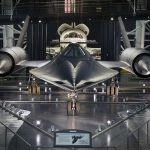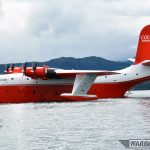Who among us hasn’t entertained the idea of owning a former WWII airfield, complete with hangars and original barracks? Well, now is your chance… so long as you can pony up the roughly CAN$15 million to purchase the 700 acre property once known as RCAF Station Picton a couple of hours drive east of Toronto, Ontario. This base was one of dozens of such facilities which sprang up across Canada between 1940 and 1945 as part of the British Commonwealth Air Training Plan. Each of them helped provide Allied air forces with thousands of highly capable flight and maintenance personnel during the Second World War – indeed they were integral to the successful prosecution of the aerial campaigns in both Europe, North Africa and the China-Burma-India Theatre. Only a handful of these facilities remain relatively unchanged since WWII, with many of them are either derelict or so heavily modified that they no longer resemble what they once were.
RCAF Station Picton formally opened in April, 1941. The base hosted the Royal Air Force’s No.31 Bombing and Gunnery School, which offered six-week training courses in bombing, navigation and aerial gunnery. Student pilots and bombardiers could hone their bombardment techniques and accuracy over any one of the five practice ranges in the nearby area. The principal aircraft types which operated from the facility included the Avro Anson, Bristol Bolingbroke (a Canadian-built version of the Blenheim), Fairey Battle and Westland Lysander. Training continued until the school disbanded in November, 1944, after which point the Royal Canadian Air Force took over the facility, which soon became home to the No.5 Reserve Equipment Maintenance Unit. However, by January 1946, RCAF Station Trenton had absorbed the latter unit’s functions, so Picton transitioned into a Canadian Army facility.
The Canadian Army’s Royal Canadian School of Artillery (Anti-Aircraft) took up residence at Picton, training soldiers to become anti-aircraft gunners, gunnery radar operators, technical assistants, and artillery instructors. In addition to the school, Picton also housed a couple of operational artillery units as well, with the RCAF maintaining a small flying contingent to provide aerial targets for gunnery practice. (For those wondering what it was like for a child growing up on this base at that time, please do read Dave O’Malley’s wonderful article on the subject HERE.)
With the Army’s formal takeover, the base name changed slightly in July 1960, becoming officially known as Camp Picton. The artillery school disbanded soon after this point, replaced by a brace of Surface-to-Surface Missile Batteries belonging to The Royal Regiment of Canadian Artillery – however they didn’t stay long. In 1968, Canada’s three independent military services merged to form the Canadian Forces, so consequently, Camp Picton underwent another name change to become Canadian Forces Base Picton. But this was short-lived, as the Canadian Forces closed the base in September, 1969, selling the site to the town’s former mayor, H.J. McFarland.
Interestingly, McFarland sold the property three decades later to a WWII veteran who had undergone his RCAF training at a similar facility in Canada. However, once again, the site is for sale now in 2021. In many ways the place is a step back in time as it retains most of its original buildings, including the original barracks, dentists’ office, drill hall, and even an abseiling tower. Several businesses are run from the site as well – but most importantly, to us at least, the airfield’s three runways and original hangar building are still operational as Picton airport! For those wishing to learn more details about this fascinating opportunity to own a WWII airfield, please do click HERE!







